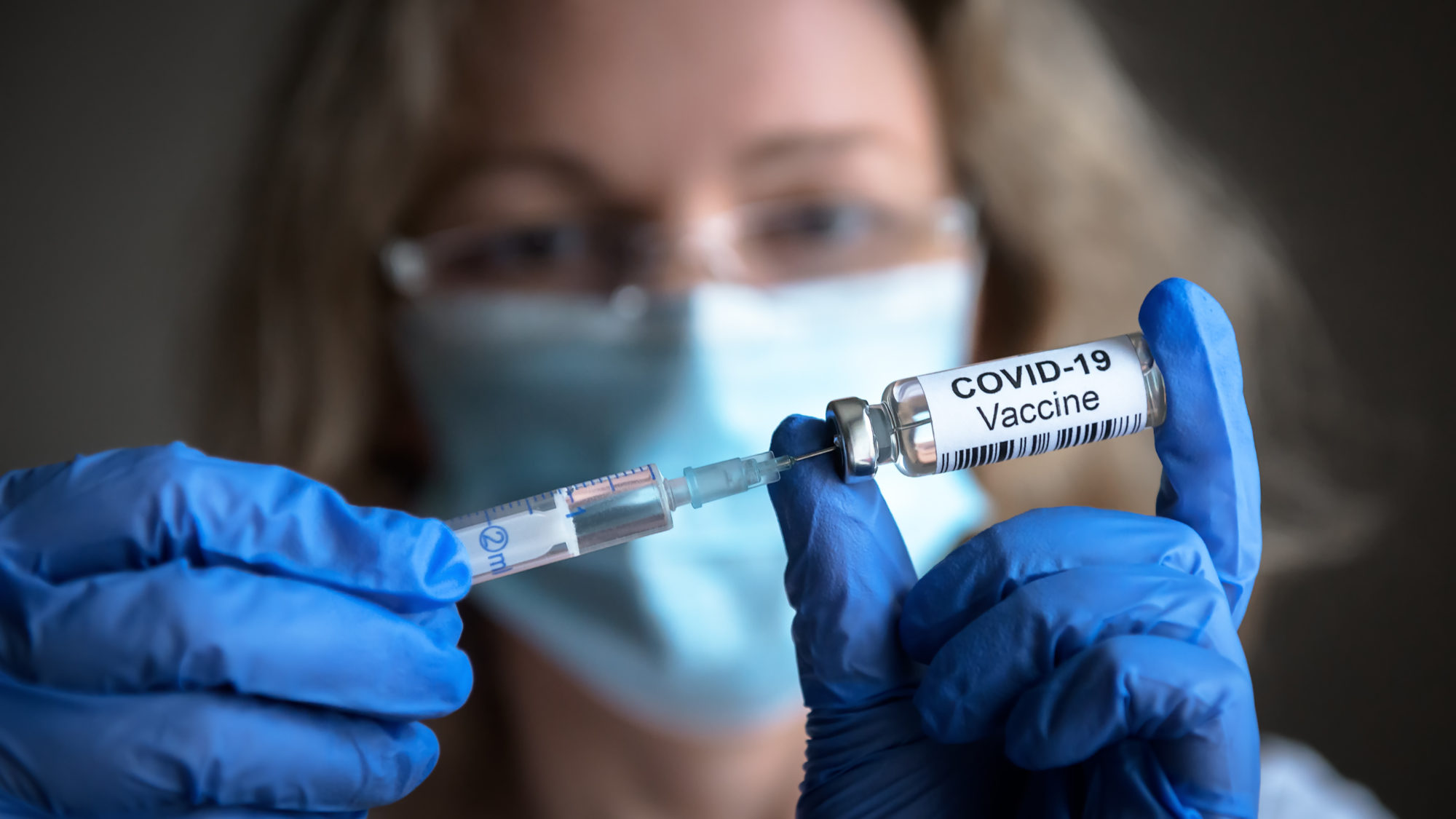Public Citizen Roadmap to Making Enough Vaccine for the World in One Year
Report Comes Ahead of G7 Leaders’ First Major In-person Meeting In Over a Year

WASHINGTON, D.C. — The global community could set up regional vaccine manufacturing hubs and produce 8 billion mRNA vaccine doses, enough to support global herd immunity, in just one year, Public Citizen detailed in a new report ahead of a G7 Health Ministers Meeting next week.
Public Citizen worked with Imperial College engineers to assess what specific resources and funding are required to produce enough coronavirus vaccine for the world in one year. The analysis describes the production process for mRNA vaccines, which represent a breakthrough in vaccine manufacturing and require smaller facilities than other kinds of vaccines. It details the specific steps required to set up the necessary facilities, including technology transfer and capacity building, in the first six months, as well as the costs, raw materials, consumables, personnel and line requirements to produce eight billion drug substance doses in the subsequent six months.
“We now know what it would take to manufacture enough vaccine in a year and end this pandemic. It will require resources and coordination, but we know this can be done. The question is: Will leaders make the needed, urgent global effort?” said Peter Maybarduk, Public Citizen’s Access to Medicines director. “The alternative, for G7 and other national leaders not to put forward a plan of comparable ambition, would squander lives and political stability, shrinking from a defining challenge of our time. The sooner we start, the more lives we will save and the faster our world will stop unraveling.”
Public Citizen estimates the total cost to produce 8 billion doses of the NIH-Moderna vaccine to be $23 billion, plus an additional $2 billion in compensation to manufacturers. The capital cost for retrofitting facilities would be $3.2 billion, while the operating cost for the drug substance production campaign would be $17.5 billion. Fill and finish would cost $2.2 billion. The effort would require 4,620 employees working at 55 production lines, which could be set up in 14 facilities.
Public health officials say 8 billion doses of vaccines would be enough to cover 80% of the population—what some experts believe is necessary for herd immunity—in low-and middle-income countries. Critically, given the adaptability of mRNA technology, it would also set up the infrastructure necessary to quickly address variants and future public health threats.
This entire analysis is presented for the NIH-Moderna Covid-19 vaccine (mRNA-1273) as well as the BioNTech-Pfizer Covid-19 vaccine (BNT162b2) and the CureVac candidate vaccine (CVnCoV).
View the roadmap here.